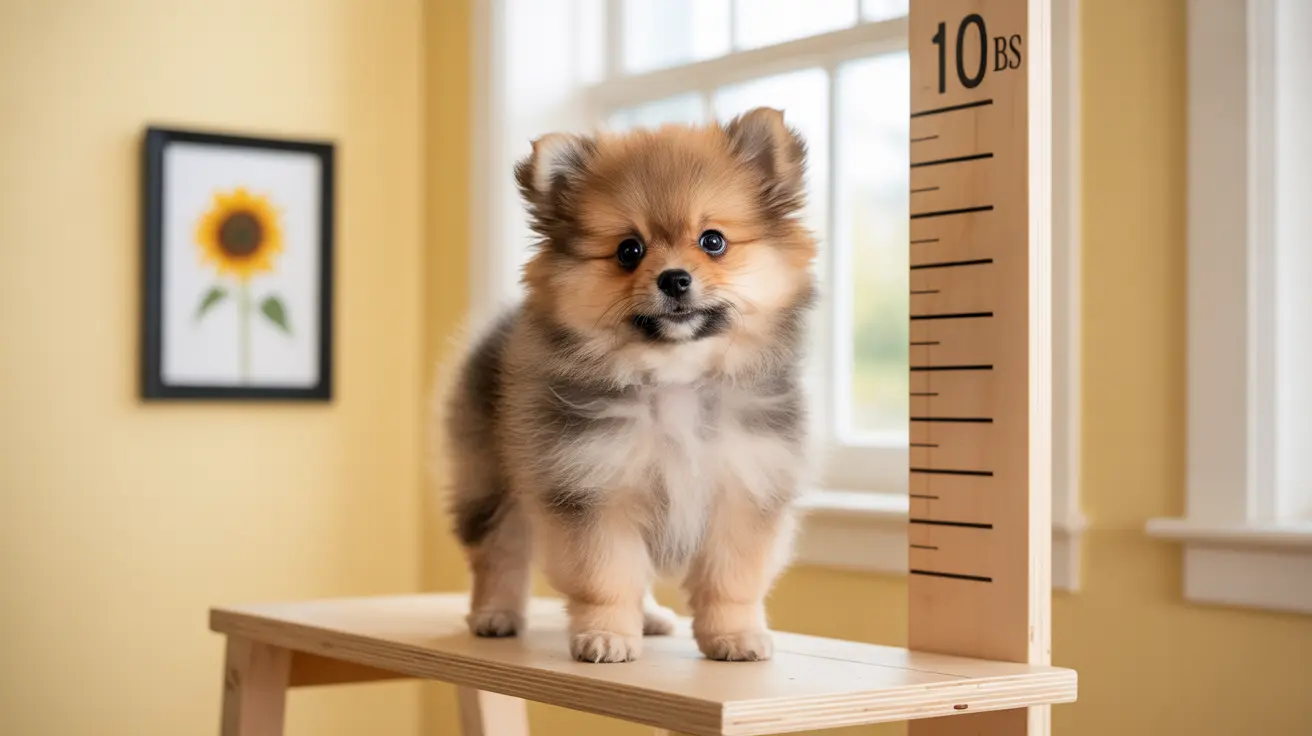Understanding Your Pomeranian's Growth Journey
If you're a proud owner of a Lulu da Pomerânia (Pomeranian), understanding their growth patterns is crucial for ensuring proper development and health. These adorable toy dogs follow a specific growth timeline, and monitoring their progress using a tabela crescimento Lulu da Pomerânia can help you ensure they're developing correctly.
In this comprehensive guide, we'll explore the various growth stages of your Pomeranian puppy, from their early weeks through maturity, and help you understand what to expect at each milestone.
Key Growth Stages of Your Lulu da Pomerânia
Birth to 3 Months: Rapid Development Phase
During these crucial first months, Pomeranian puppies experience their most dramatic growth. Most puppies will reach approximately 40-50% of their adult size by the three-month mark. This period requires careful monitoring and proper nutrition to support healthy development.
3 to 6 Months: The Transitional Period
This stage marks significant changes in your Pomeranian's appearance and size. Their signature fluffy coat begins to develop, and they typically reach 50-60% of their adult weight. Regular weigh-ins during this period are essential for tracking progress.
Understanding Your Pomeranian's Size Milestones
Expected Adult Measurements
A fully grown Lulu da Pomerânia typically measures:
- Height: 7-9.5 inches (18-24 cm)
- Weight: 4-7.7 pounds (1.8-3.5 kg)
Growth Rate Indicators
Your Pomeranian's growth rate should follow these general guidelines:
- 3 months: 2.8-3.7 pounds (1.3-1.7 kg)
- 6 months: 4-6 pounds (1.8-2.7 kg)
- 12 months: Final adult weight
Monitoring Growth and Development
Using a tabela crescimento Lulu da Pomerânia helps track your puppy's development against breed standards. Regular monitoring should include:
- Monthly weight measurements
- Height measurements at the withers
- Photo documentation of growth
- Coat development observations
Important Factors Affecting Growth
Nutrition and Diet
Proper nutrition plays a vital role in your Pomeranian's growth. High-quality puppy food specifically formulated for toy breeds ensures optimal development and helps prevent growth-related issues.
Genetic Influences
Your Pomeranian's adult size is largely determined by genetics. Knowing the size of both parents can help predict your puppy's eventual adult size, though some variation is normal.
The Coat Development Phase
Around 4-8 months, Pomeranians undergo their first significant coat change. This transition from puppy fur to adult coat is a crucial developmental milestone that coincides with their physical growth.
Frequently Asked Questions
What is the typical growth timeline and size milestones for a Lulu da Pomerânia puppy?
Pomeranian puppies reach about 50% of their adult size by 3 months, with most achieving their full height by 6-7 months. Final weight and coat development typically complete by 12-18 months.
How can I use a tabela crescimento Lulu da Pomerânia to monitor my puppy's development?
Record your puppy's weight and height monthly, comparing these measurements to standard growth charts. This helps identify any significant deviations from normal growth patterns.
When does a Lulu da Pomerânia finish growing in height and weight?
Most Pomeranians reach their full height by 6-7 months and their adult weight by 12 months, though some may continue filling out until 18 months.
How does the shedding (muda) phase affect the coat and appearance of a Lulu da Pomerânia?
The major shedding phase occurs between 4-8 months, during which the puppy coat is replaced by the adult double coat, significantly changing their appearance.
What factors influence the adult size of a Lulu da Pomerânia, and can I predict it early on?
Adult size is primarily influenced by genetics, nutrition, and overall health. While early size can provide hints, accurate predictions are best made after 12-16 weeks of age.
Conclusion
Understanding your Lulu da Pomerânia's growth patterns helps ensure they develop into healthy, well-proportioned adults. Regular monitoring using a growth chart, combined with proper nutrition and care, sets the foundation for optimal development throughout their life stages.






